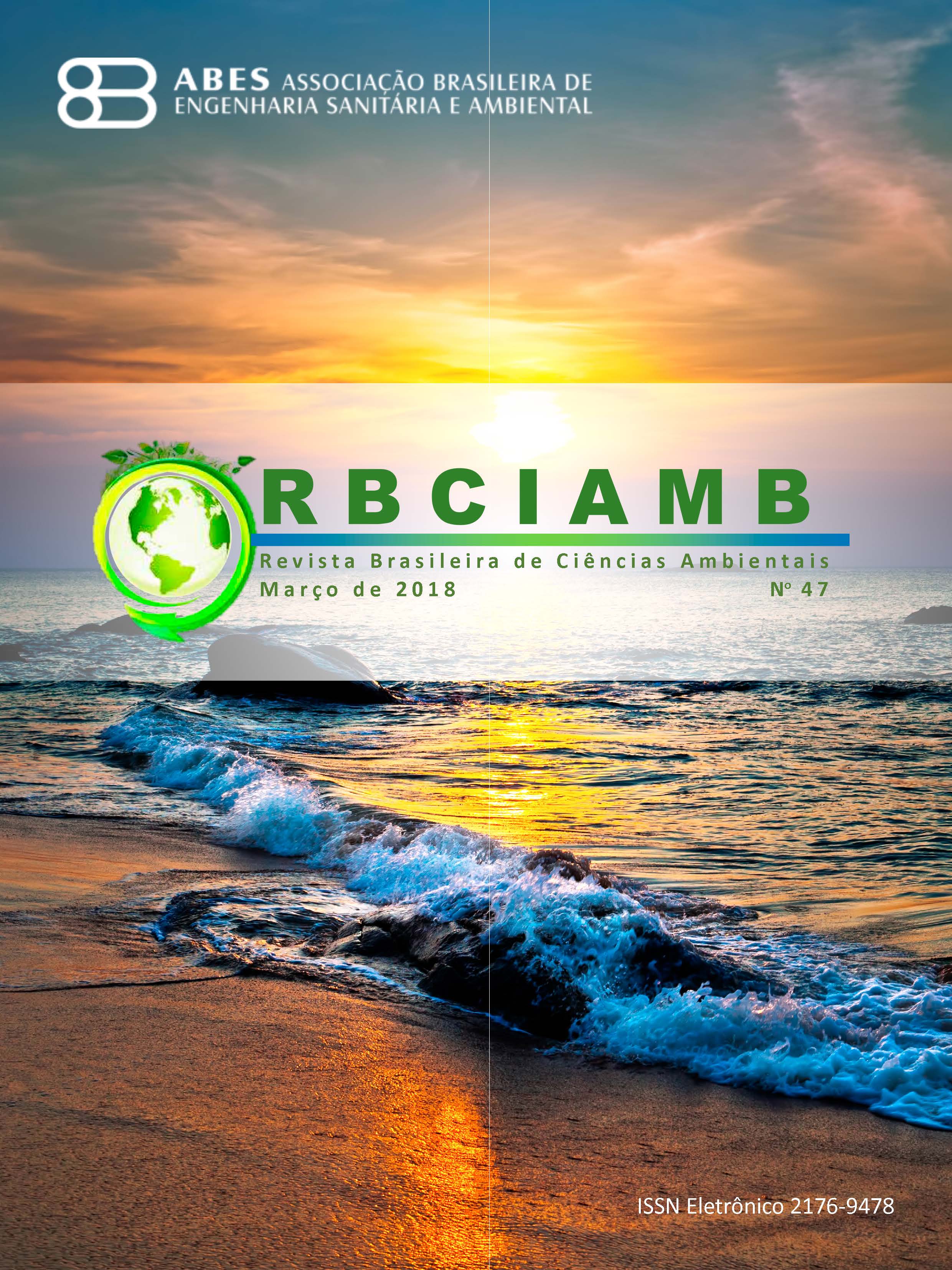ENVIRONMENTAL VALUATION OF AN URBAN RIVER: AN APPLICATION OF THE CONTINGENT VALUATION METHOD IN LAGES, SANTA CATARINA, BRAZIL
DOI:
https://doi.org/10.5327/Z2176-947820180272Keywords:
water resource; logistic regression; principal component analysis.Abstract
The Carahá River is one of the main urban rivers of Lages, Santa Catarina, Brazil, whose water quality is compromised by the inadequate disposal of sanitary sewage and household waste. Avenues surround its banks, and often overflow occurs affecting the riverine population. The objective of this study was to estimate the environmental value given by the population of Lages for its preservation through the application of the contingent valuation method (CVM), as well as to evaluate the differences in environmental perception considering the stratification of people according to its relation or influence with the evaluated environmental resource, considering its geographic location. Data were collected through the application of questionnaires using the referendum method and analyzed by logit regression and principal component analysis (PCA). The results show negative willingness to pay (WTP) for 61% of the interviewees, with 48% being characterized as a “protest vote”. The value of the individual benefit estimated by the logistic regression was R$ 2.95, considering the entire sample, and R$ 20.18, when the protest votes were removed, indicating strong influence of the protest votes in the results. The PCA was adequate and provided a more holistic view, especially when the aim is to compare different social groups that make up the sample.Downloads
Download data is not yet available.
Downloads
Published
2018-04-02
How to Cite
Mombach, G. N. N., Wahrlich, J., Clauberg, A. P. C., Beninca, L. S., & Simioni, F. J. (2018). ENVIRONMENTAL VALUATION OF AN URBAN RIVER: AN APPLICATION OF THE CONTINGENT VALUATION METHOD IN LAGES, SANTA CATARINA, BRAZIL. Revista Brasileira De Ciências Ambientais (RBCIAMB), (47), 116–129. https://doi.org/10.5327/Z2176-947820180272
Issue
Section
Articles




























